Developer Tools for Blockchain Transparency: Essential Resources
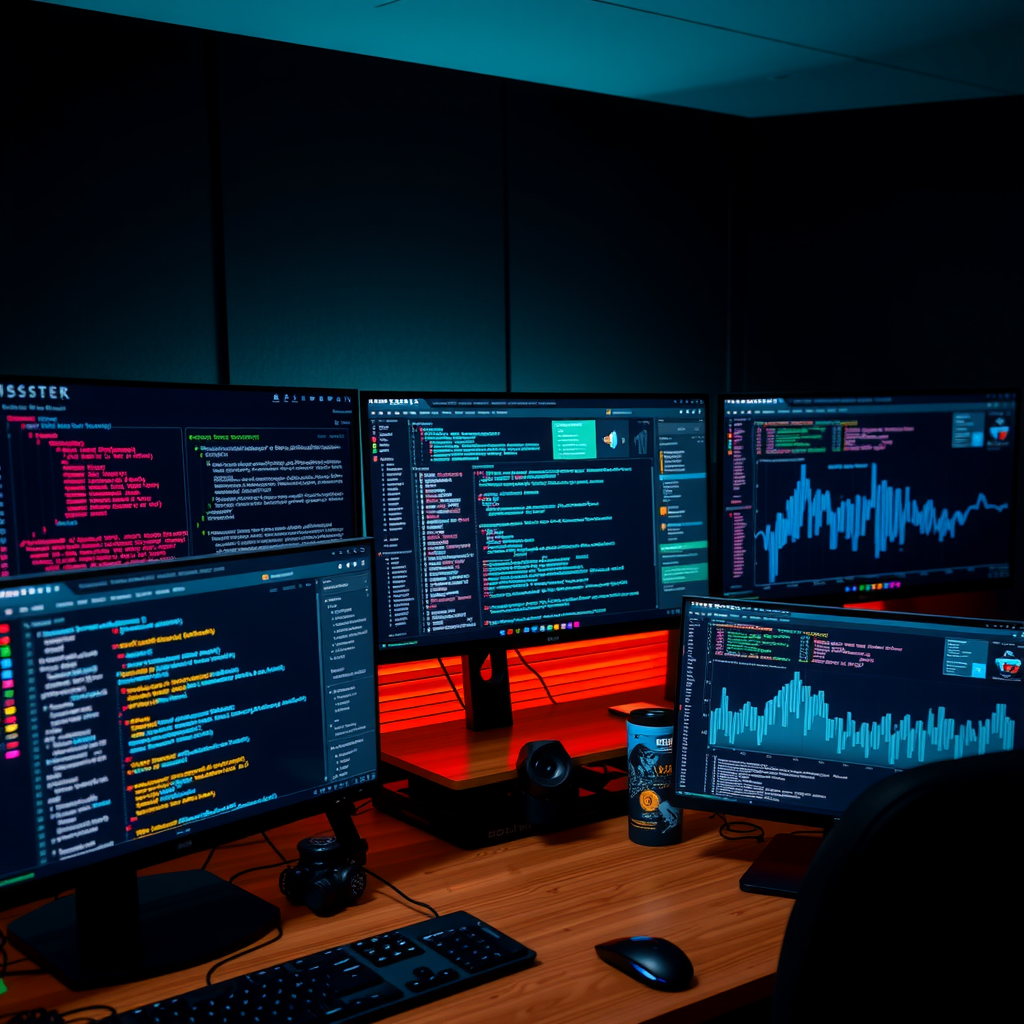
Essential developer tools streamline blockchain application development and enhance transparency
Building transparent blockchain applications requires a robust toolkit that enables developers to query data efficiently, debug smart contracts, and integrate seamlessly with blockchain networks. This comprehensive guide explores the essential developer resources that have become industry standards for creating reliable, transparent decentralized applications.
API Integration Frameworks
Modern blockchain development relies heavily on well-designed APIs that provide programmatic access to on-chain data. The most effective API frameworks offer RESTful endpoints, WebSocket connections for real-time updates, and comprehensive documentation that reduces integration time from weeks to days.
Developer InsightLeading blockchain explorers provide API rate limits ranging from 5 to 100 requests per second for authenticated users, with response times averaging under 200ms for standard queries. This performance enables real-time application features without compromising user experience.
Key features to look for in blockchain APIs include batch request support, which allows querying multiple addresses or transactions in a single call, reducing network overhead by up to 80%. Additionally, webhook functionality enables push notifications for specific on-chain events, eliminating the need for constant polling and significantly reducing server load.
Data Query Optimization Techniques
Efficient data retrieval is crucial for blockchain applications handling millions of transactions. Advanced indexing strategies, including composite indexes on transaction timestamps and addresses, can improve query performance by orders of magnitude. Developers should implement caching layers using Redis or similar technologies to store frequently accessed data, reducing blockchain node queries by 60-70%.
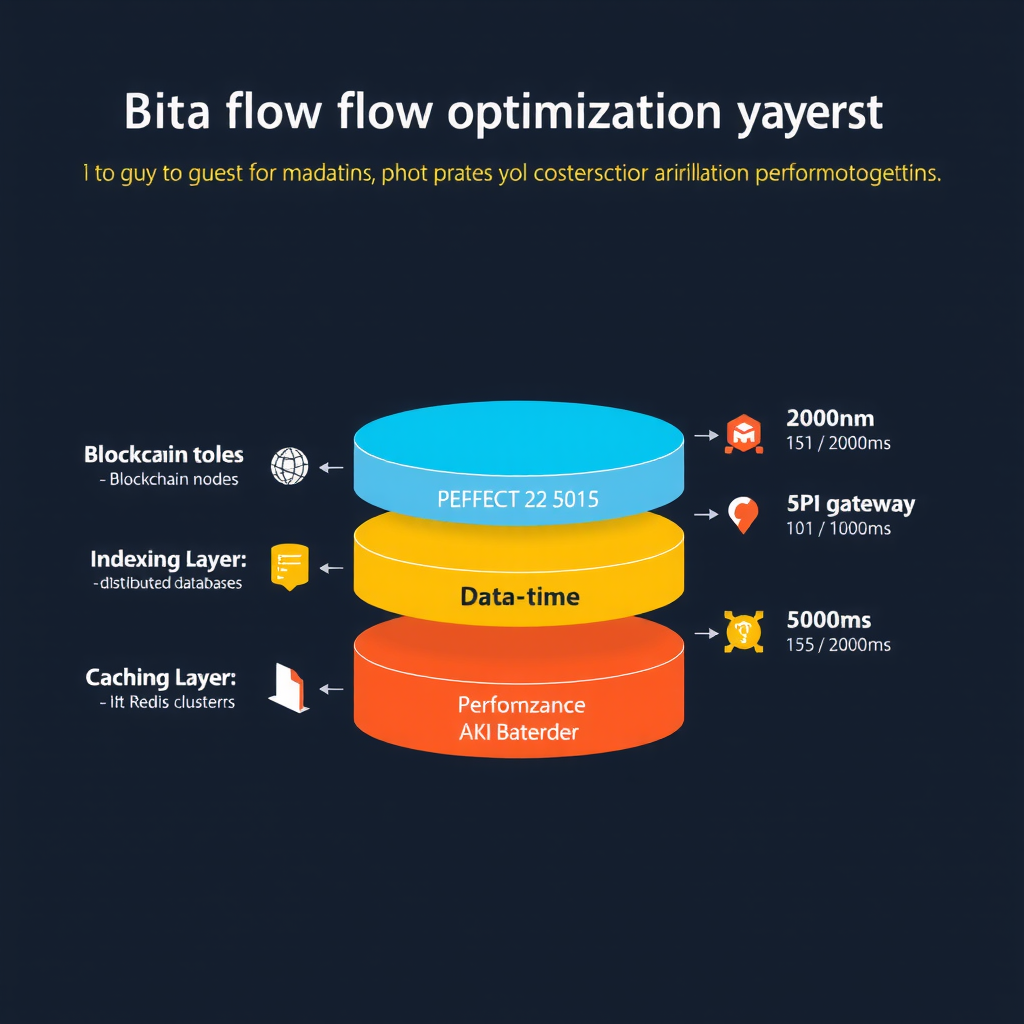
Multi-layer architecture for optimized blockchain data queries
GraphQL has emerged as a powerful alternative to traditional REST APIs for blockchain data queries. Its ability to request exactly the data needed in a single query reduces over-fetching and minimizes bandwidth usage. Developers can construct complex queries that traverse relationships between blocks, transactions, and addresses without multiple round trips to the server.
Pagination and Data Streaming
When dealing with large datasets, implementing cursor-based pagination provides better performance than offset-based approaches. Cursor pagination maintains consistent results even when new data is added, preventing duplicate or missing records. For real-time applications, Server-Sent Events (SSE) or WebSocket connections enable efficient data streaming without the overhead of repeated HTTP requests.
Smart Contract Debugging Tools
Debugging smart contracts requires specialized tools that provide visibility into contract execution, state changes, and gas consumption. Modern debugging environments offer step-through execution, allowing developers to inspect variable values and contract state at each instruction. This granular visibility is essential for identifying logic errors and optimizing gas usage.
Transaction Tracing
Detailed execution traces showing every opcode, gas cost, and state modification during transaction processing.
Gas Profiling
Comprehensive gas usage analysis identifying optimization opportunities and expensive operations.
Security Analysis
Automated vulnerability detection for common smart contract security issues and attack vectors.
Integration with local development environments enables developers to test contracts against forked mainnet state, simulating real-world conditions without risking actual funds. This approach has become standard practice, allowing teams to reproduce production issues in controlled environments and verify fixes before deployment.
Explorer Platform Features
Blockchain explorer platforms serve as the primary interface for investigating on-chain activity. Advanced explorers provide features beyond basic transaction lookup, including contract verification systems that allow developers to publish source code and enable public auditing. This transparency builds trust and facilitates community-driven security reviews.
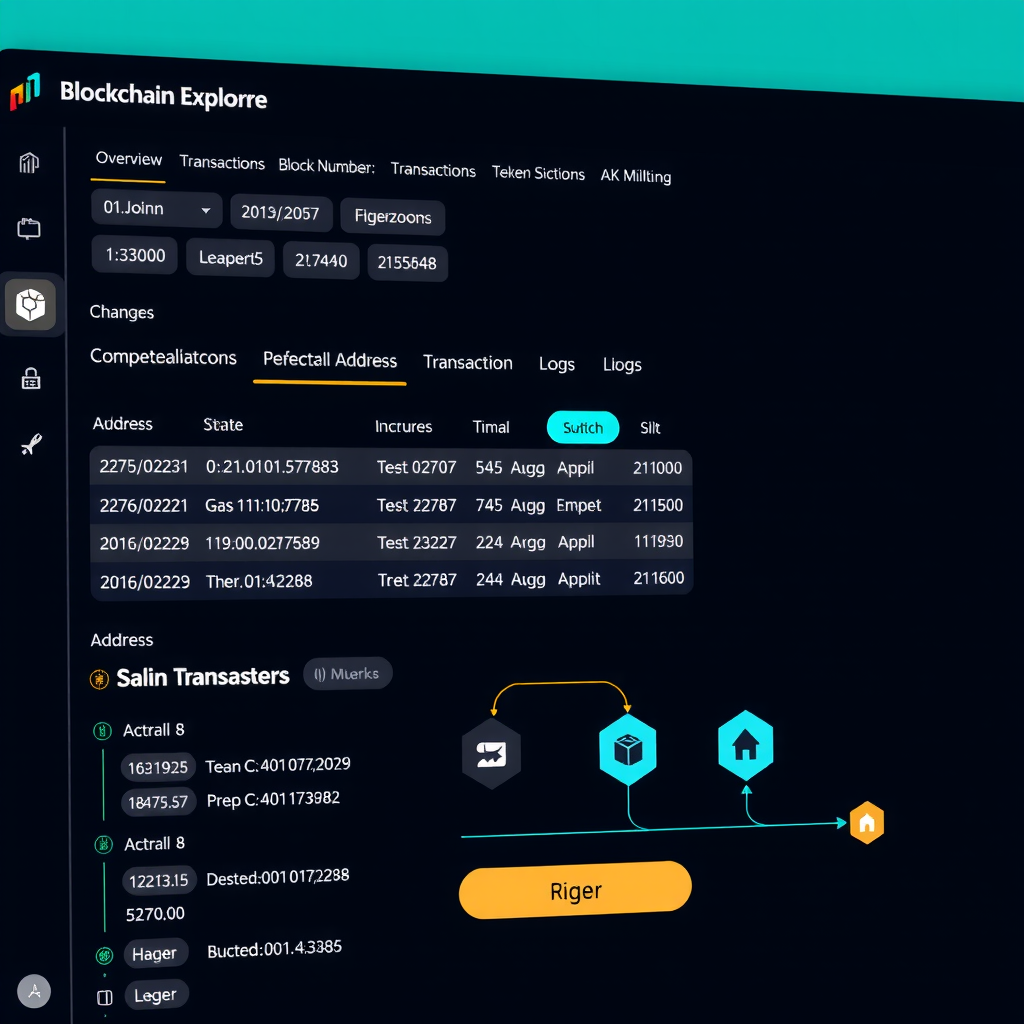
Comprehensive transaction view with detailed execution information
Token tracking capabilities have evolved to support complex DeFi protocols, displaying token balances, transfer histories, and holder distributions. Advanced explorers decode contract interactions, presenting human-readable function calls and parameter values instead of raw hexadecimal data. This abstraction significantly reduces the learning curve for new developers entering the blockchain space.
Analytics and Visualization Tools
Data visualization transforms raw blockchain data into actionable insights. Interactive charts showing transaction volume, gas price trends, and network activity patterns help developers optimize deployment timing and understand user behavior. Heat maps of contract interactions reveal usage patterns and potential bottlenecks in decentralized applications.
Key Metrics for Developer Monitoring
Development Workflow Integration
Seamless integration with existing development workflows accelerates the build-test-deploy cycle. Command-line interfaces (CLIs) enable automation of common tasks such as contract verification, transaction monitoring, and data export. These tools integrate with continuous integration pipelines, allowing automated testing against live blockchain data as part of the deployment process.
SDK libraries for popular programming languages provide idiomatic interfaces to blockchain data. Well-designed SDKs handle connection management, retry logic, and error handling, allowing developers to focus on application logic rather than infrastructure concerns. Type-safe interfaces prevent common errors and improve code maintainability through compile-time checks.
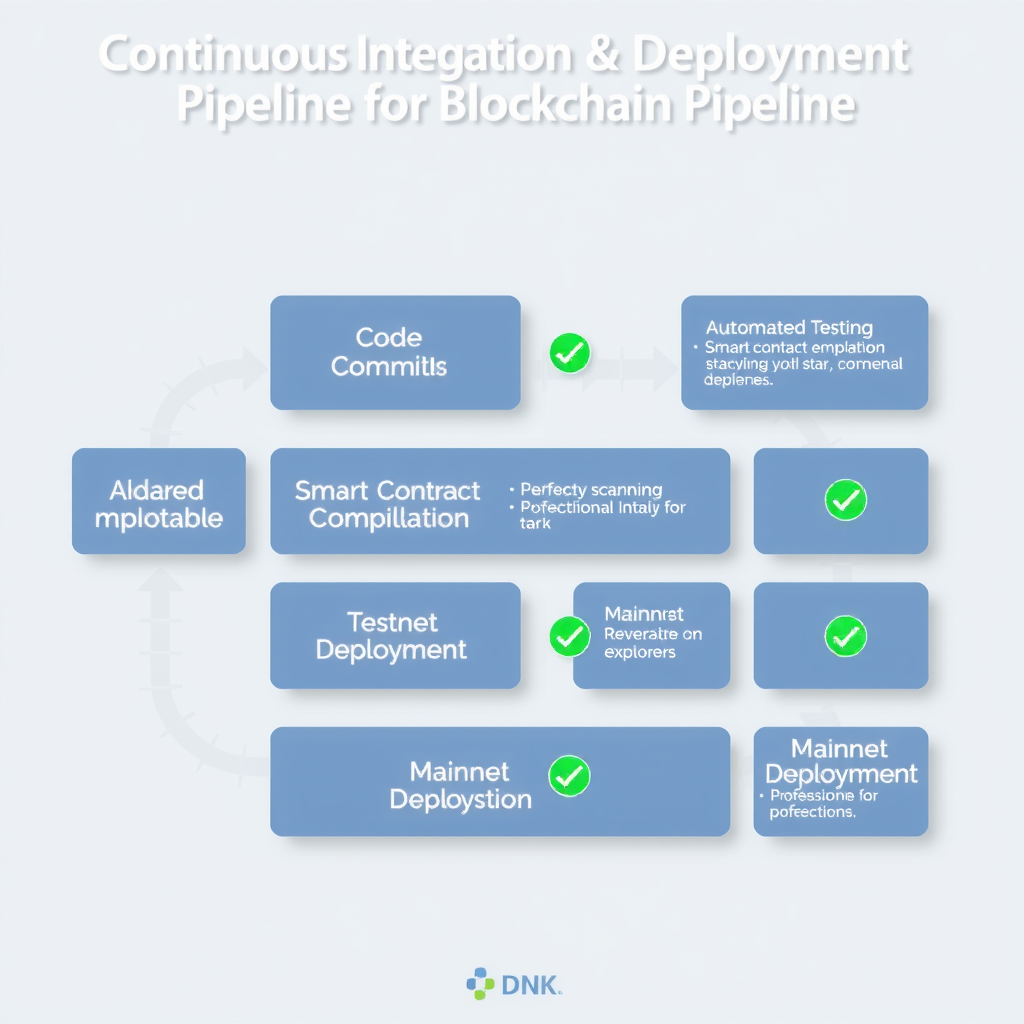
Automated deployment pipeline with integrated blockchain testing
Testing and Simulation Environments
Comprehensive testing frameworks support unit tests, integration tests, and end-to-end scenarios. Local blockchain instances provide fast feedback loops during development, while testnet deployments validate behavior in network conditions closer to production. Simulation tools can replay historical transactions, enabling developers to test how their contracts would have behaved during past market events or network congestion.
Performance Optimization Strategies
Optimizing blockchain application performance requires understanding both on-chain and off-chain bottlenecks. Gas optimization techniques, such as using appropriate data types and minimizing storage operations, can reduce transaction costs by 30-50%. Off-chain computation through oracles or layer-2 solutions enables complex calculations without blockchain limitations.
Monitoring tools provide real-time visibility into application performance, tracking metrics such as transaction confirmation times, failed transaction rates, and gas price fluctuations. Alert systems notify developers of anomalies, enabling rapid response to issues before they impact users. Historical performance data guides capacity planning and infrastructure scaling decisions.
Best Practices for Blockchain Development
- Implement comprehensive error handling and graceful degradation for network failures
- Use event logs extensively for debugging and monitoring contract behavior
- Maintain detailed documentation of contract interfaces and expected behaviors
- Establish code review processes focusing on security and gas optimization
- Leverage automated testing to catch regressions early in development
- Monitor gas prices and implement dynamic fee strategies for better user experience
- Stay updated with ecosystem changes and security best practices through community resources
Learning Resources and Community Support
The blockchain development community provides extensive resources for developers at all skill levels. Comprehensive documentation, interactive tutorials, and example projects accelerate the learning process. Developer forums and chat channels offer real-time assistance, with experienced developers sharing solutions to common challenges.
Open-source projects demonstrate best practices and provide starting points for new applications. Contributing to these projects builds expertise while giving back to the community. Regular hackathons and developer conferences foster innovation and networking, creating opportunities to learn from industry leaders and collaborate on cutting-edge solutions.
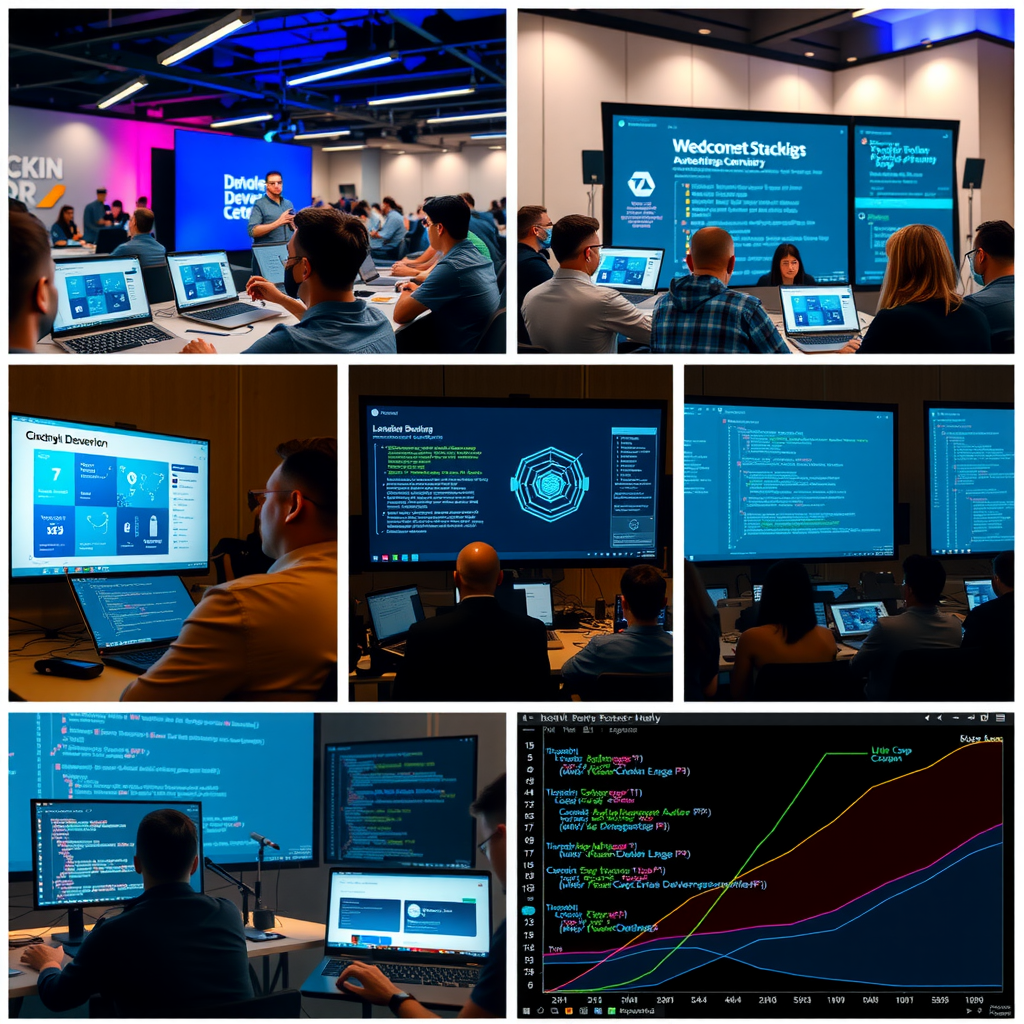
Active developer community driving blockchain innovation
Future Directions in Blockchain Development Tools
The evolution of blockchain development tools continues to accelerate, with emerging technologies promising to further streamline the development process. Machine learning integration enables intelligent code completion and automated security analysis, identifying potential vulnerabilities before deployment. Natural language interfaces may soon allow developers to query blockchain data using conversational commands, reducing the learning curve for complex queries.
Cross-chain development tools are becoming increasingly important as the ecosystem fragments across multiple blockchain networks. Unified APIs that abstract chain-specific details enable developers to build applications that work across different blockchains without maintaining separate codebases. This interoperability will be crucial for the next generation of decentralized applications.
As blockchain technology matures, developer tools will continue to evolve, making transparent, secure application development more accessible. The combination of powerful APIs, comprehensive debugging tools, and supportive communities creates an environment where developers can focus on innovation rather than infrastructure, driving the next wave of blockchain adoption and use cases.
Ready to Build with Transparency?
Leverage these essential developer tools to create blockchain applications that prioritize transparency, reliability, and user trust. Start building with confidence using industry-standard resources and best practices.